30 Photos that will make you want to visit Vélez-Málaga
Vélez-Málaga doesn’t get much recognition as a tourist destination. It’s a shame because the city has lots of sites of interest: the remains of a fortress looming over the city, old city walls, lots of churches as well as some spectacular viewpoints. Vélez-Málaga is worth at least a daytrip (that’s what we did and we wished we had stayed just a little longer).
I’m including a map below to help you out along with a whole bunch of photos showing off Vélez-Málaga.
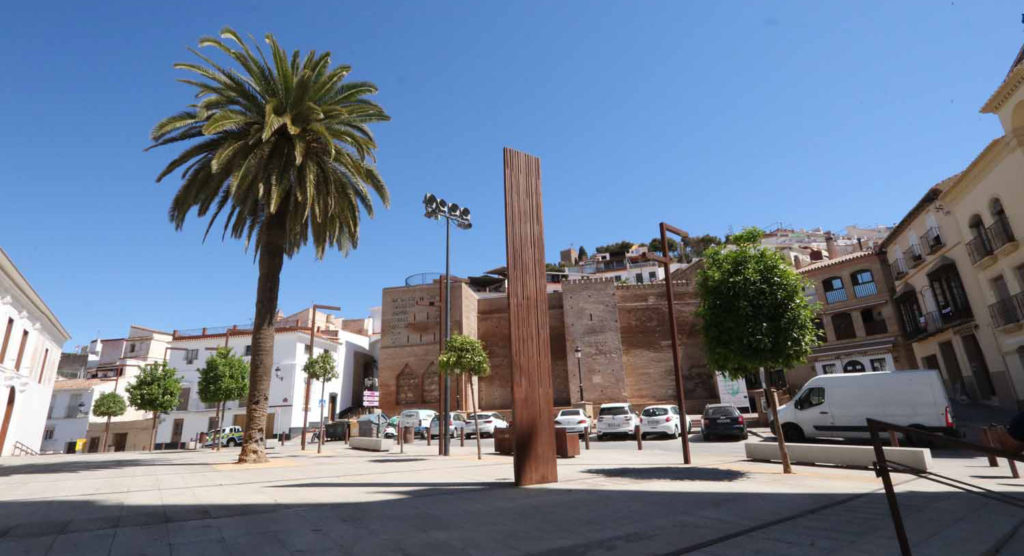
Very quick History
Like much of the region, the area where Vélez-Málaga stands was occupied by the Phoenicians (starting around 8 BC), the Romans (for about 2 centuries when BC turned to AD), the Visigoths and then the Moors (starting in 711 AD). The Moors shaped much of Vélez-Málaga’s history, building the Alcazaba (fortress) and growing the city into a major settlement on the trade route between Granada (the capital of the Nasrid Empire) and the coast. During the 15th century Vélez-Málaga reached its most prosperous period. After over 700 years of Moorish rule the city came under control of Christian forces in 1469. It led to a period of clashes between Christians and Muslims and of Mosques being replaced by churches. Over the next centuries there would be more conflict in the region as European nations vied for control in the Americas (in the early 1800’s Napoleon’s troops invaded Vélez-Málaga and stationed themselves in the fortress for 2 years).
Below: click on the map to enlarge
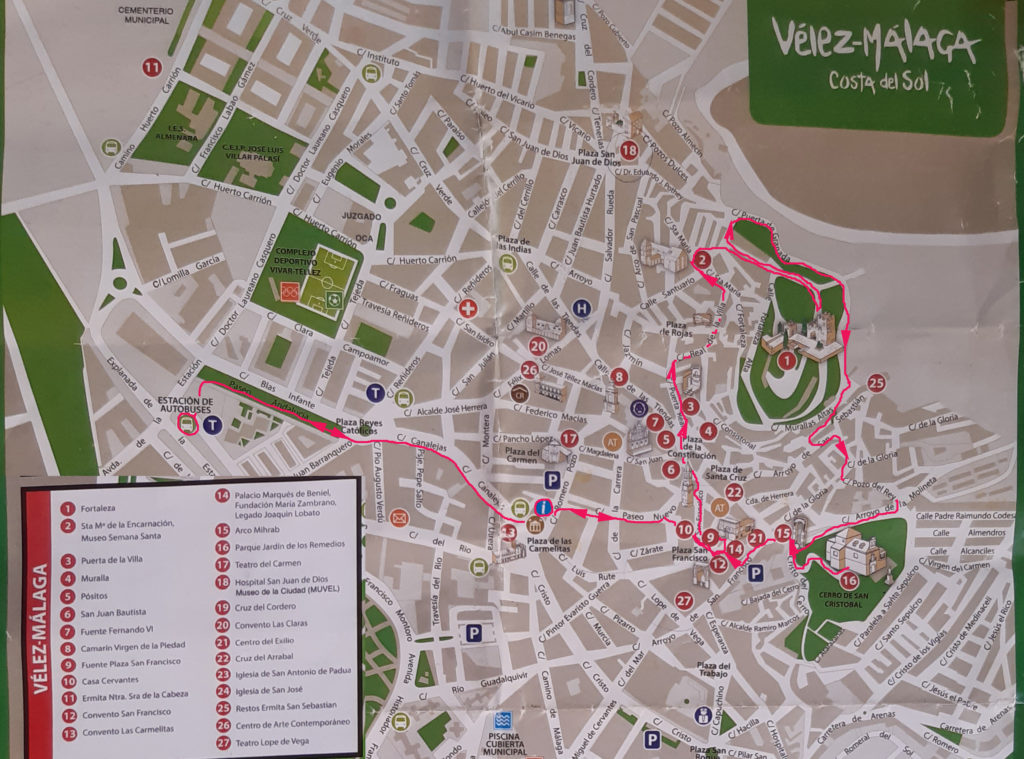
Overview of sightseeing in Vélez-Málaga
Vélez-Málaga is quite big. But the historic center is quite manageable and can be done on foot. In the map above I track our footsteps from the bus station to the tourist information office to the main tourist sites. We saw most of what we could see in Vélez-Málaga (a few of the churches were closed however for afternoon siesta). All in all, we walked around for 4 hours. But with the map I’ve attached and the photos I include below (which follow our route) you might find you can do it quicker. We got lost a few times.
If you come by bus, the first place you should head to is the tourist information center (in Vélez-Málaga’s ayuntamiento). They’re located in Plaza de las Carmelitas (about 10 minutes from the bus station). The square is on the way to the main highlights so you’re not losing time going there. The lady at the center is friendly and will give you a map (like the one above) and point you in the right way.
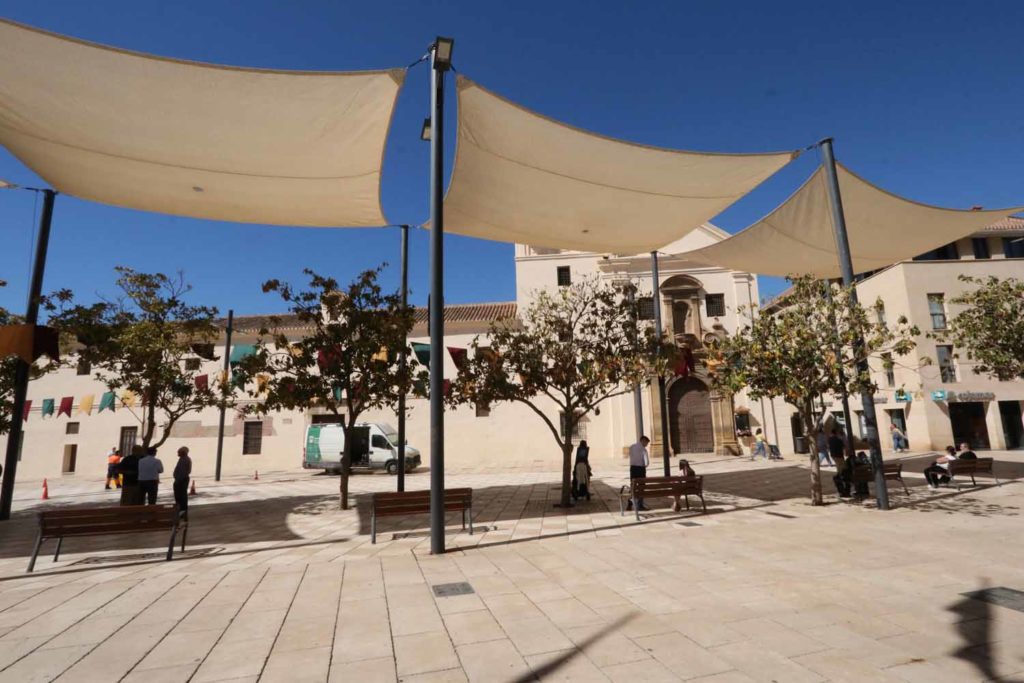
Go up the street (Calle Luis de Rute) from the tourist office. It’ll take you about 10 minutes to get to Plaza San Francisco. There you’ll see the Convento de San Francisco de Asís (The Convent & Church of San Francisco).
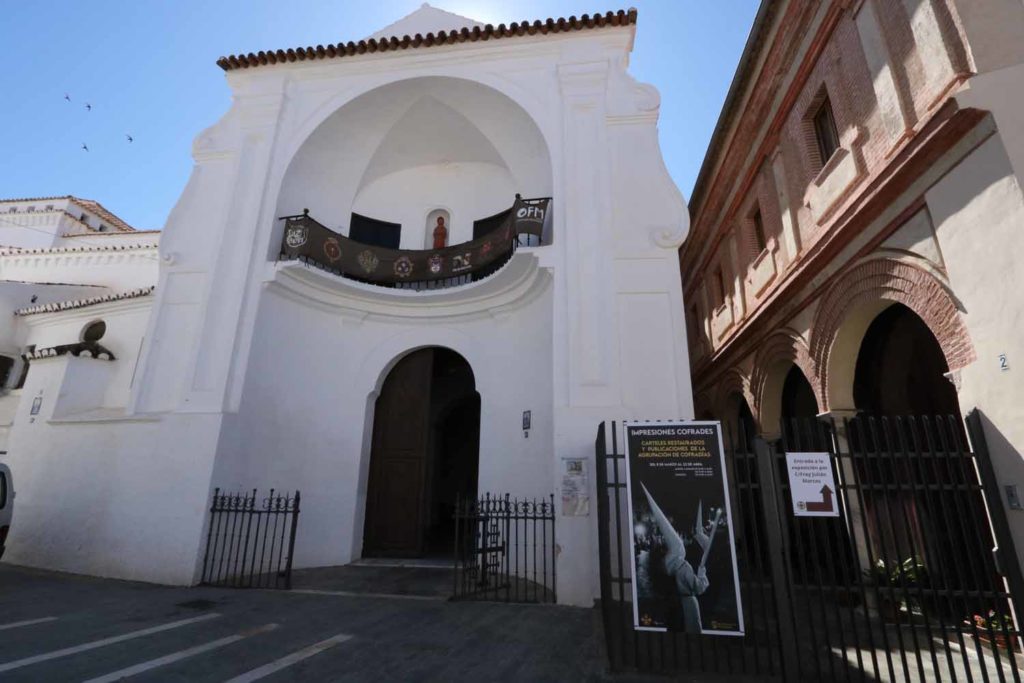
It’s a beautiful little church built in the 16th century on the spot where a mosque previously existed. It has a beautiful vaulted ceiling, cloisters and vaulted arches overhead.
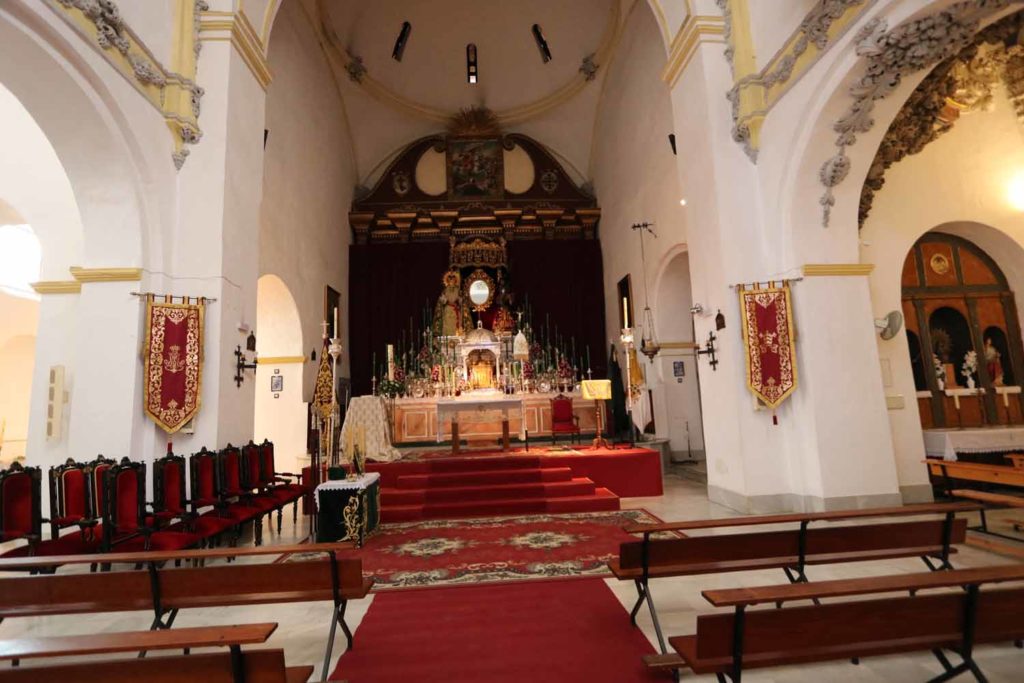
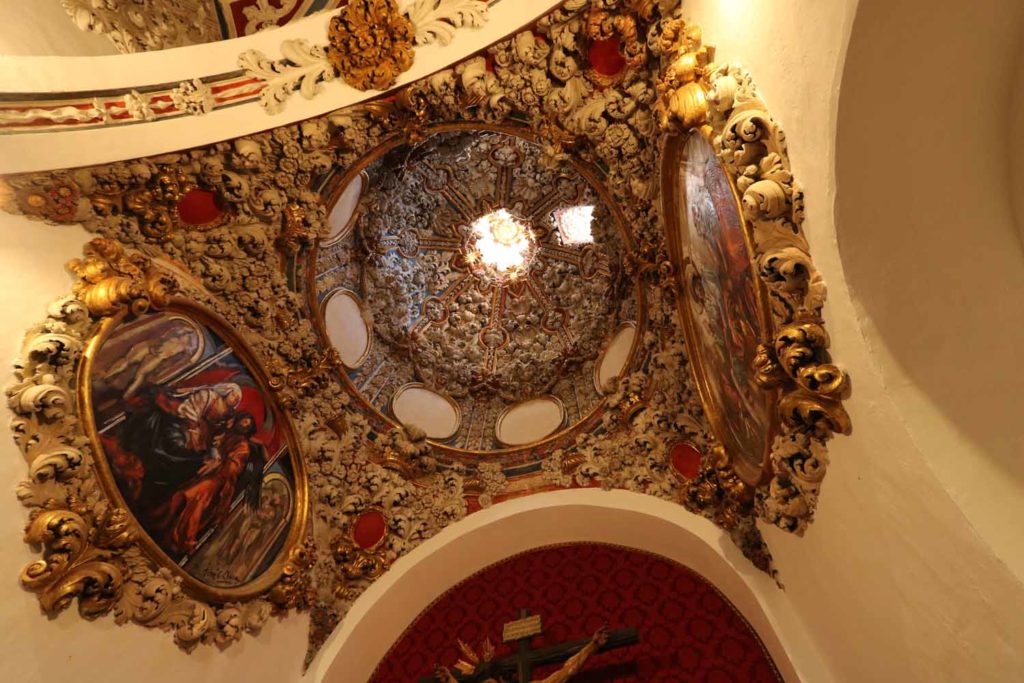
Just up the street is the Palacio Marqués de Beniel. The building was built in the early 17th century for a rich family and today houses the the “María Zambrano” Private Cultural Foundation which works with the Andalusian ministry of culture in promoting the work of María Zambrano (a writer and philosopher born in Vélez-Málaga). Just outside the Palace is a statue of Miguel de Cervantes, widely considered the best writer in the Spanish language (author of Don Quixote). Zambrano had taught at the Instituto Cervantes in Madrid for 5 years in the mid-1930’s…
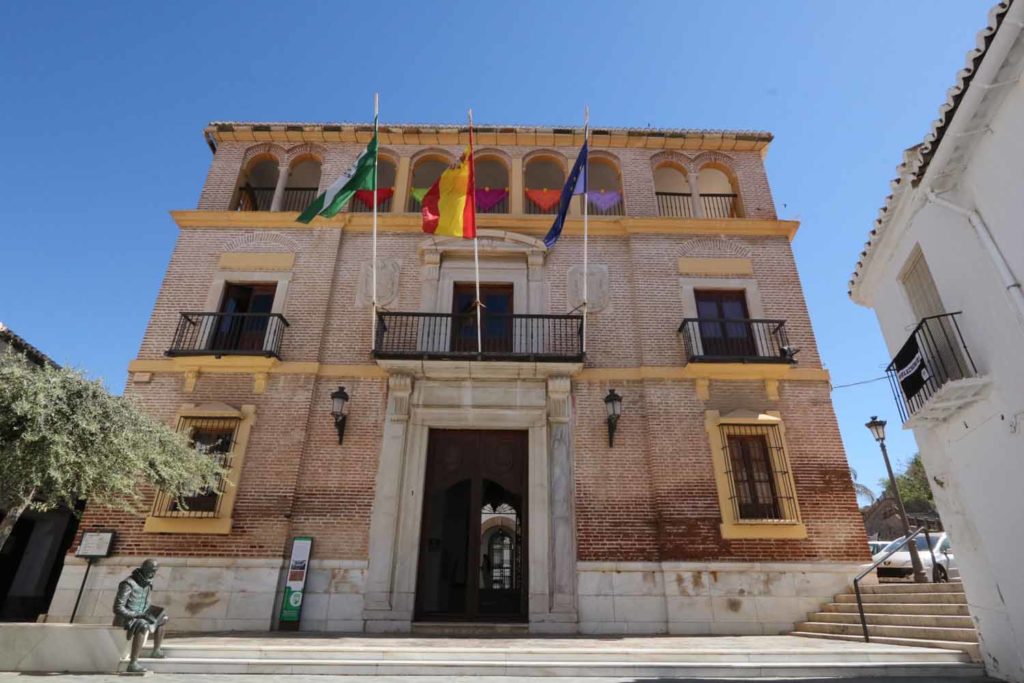
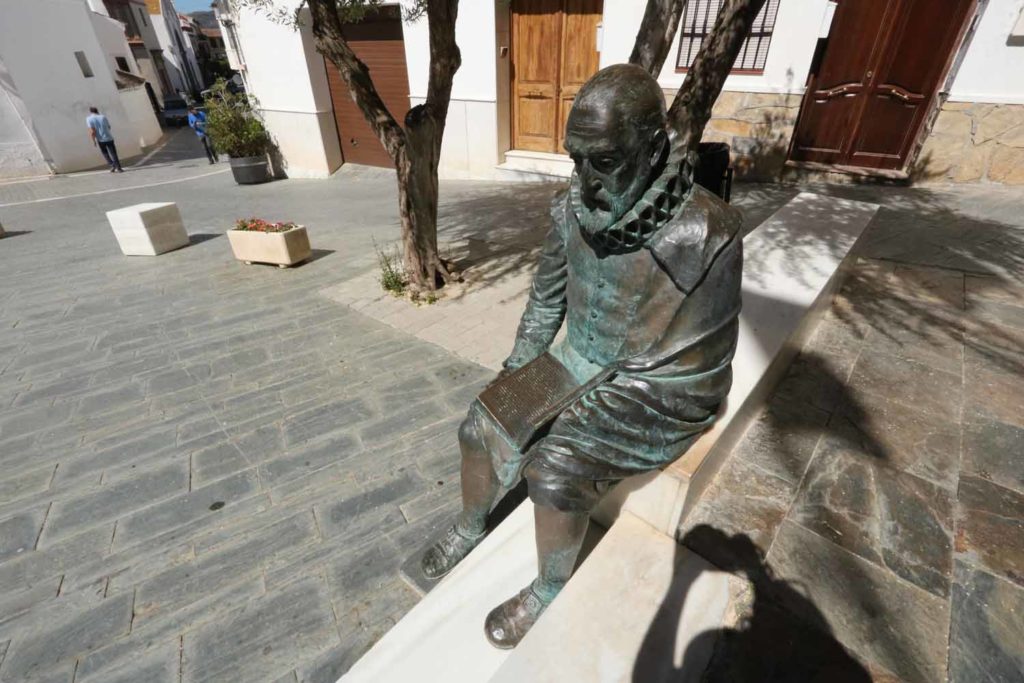
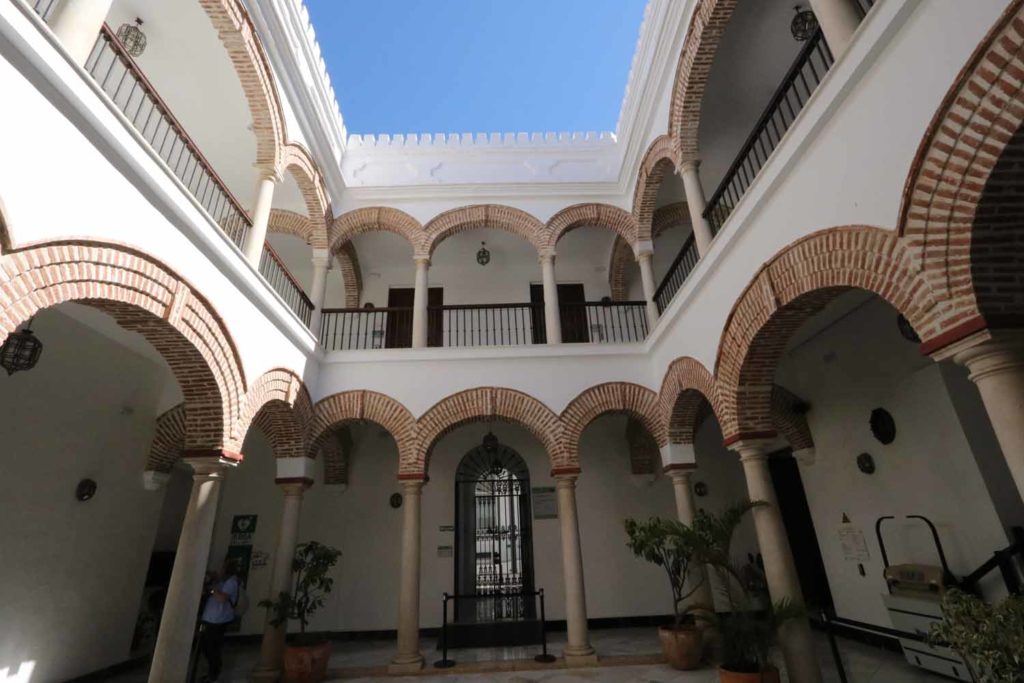
About 2 minutes from Palacio Marqués de Beniel is Casa Cervantes, a museum that recounts the history of Spain’s greatest writer. But it’s more than that – Cervantes lived in this building in 1594. Note: the museum is free and worth a visit.
From Casa Cervantes, head towards the Church of San Juan Bautista. You’ll see the bell tower of the church from all over town and the church sits on Plaza de la Constitucion, a pretty square under the walls of the old town.
Unfortunately the church was closed when we arrived (the schedule said that it was open mornings from 10 to 13:30… but that wasn’t the case on this day)
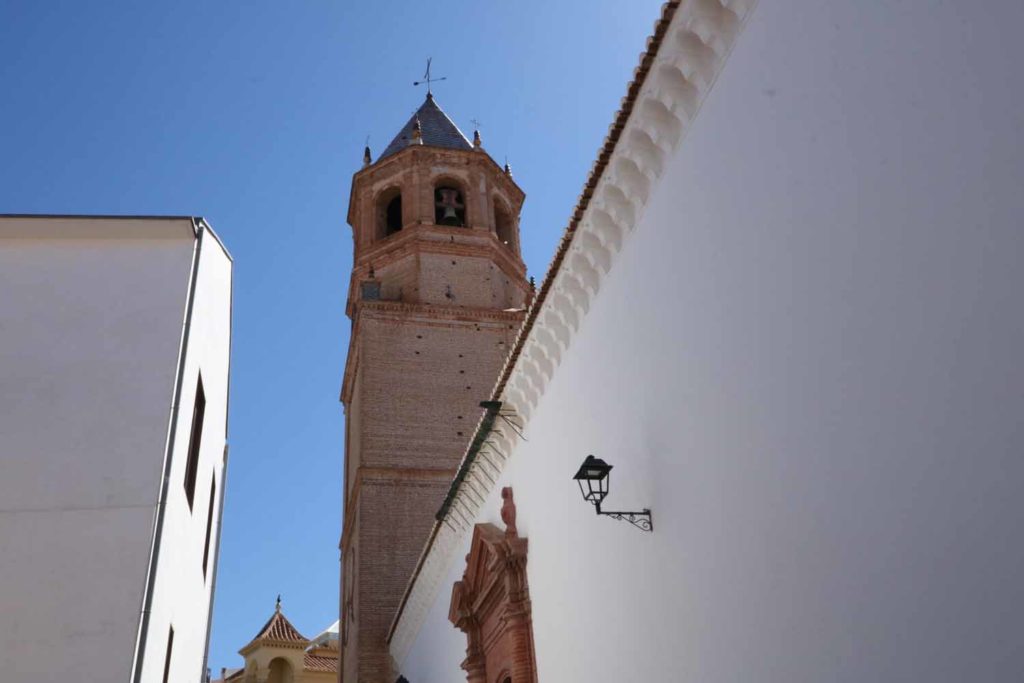
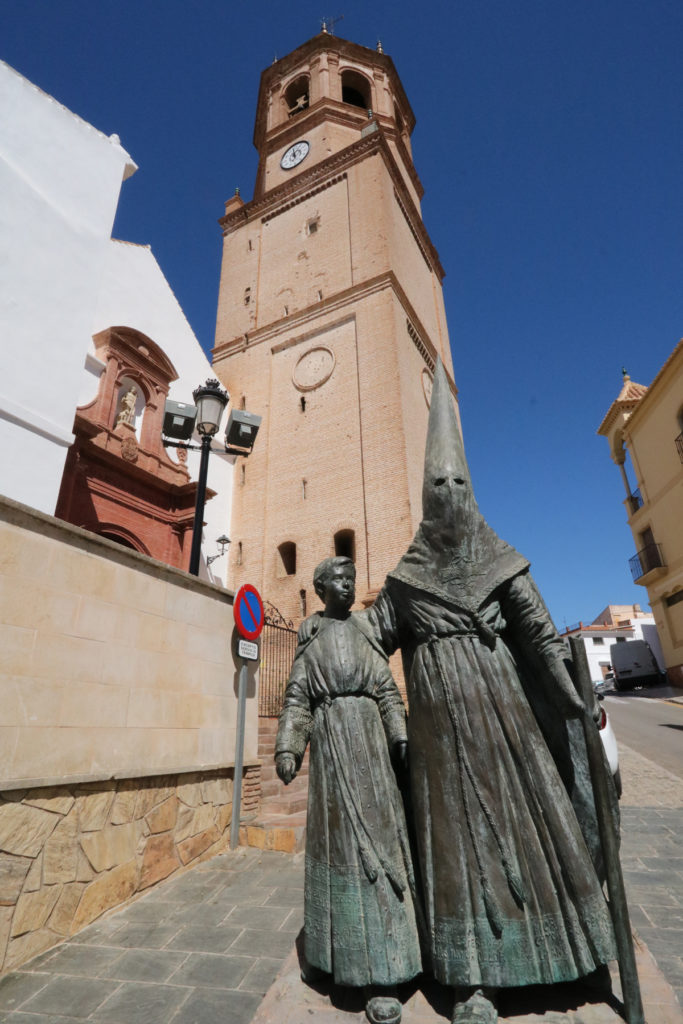
As mentioned above, the church sits on Plaza de la Constitucion on one side with the impressive city walls (they date back to the 13th century) on the other side of the square.
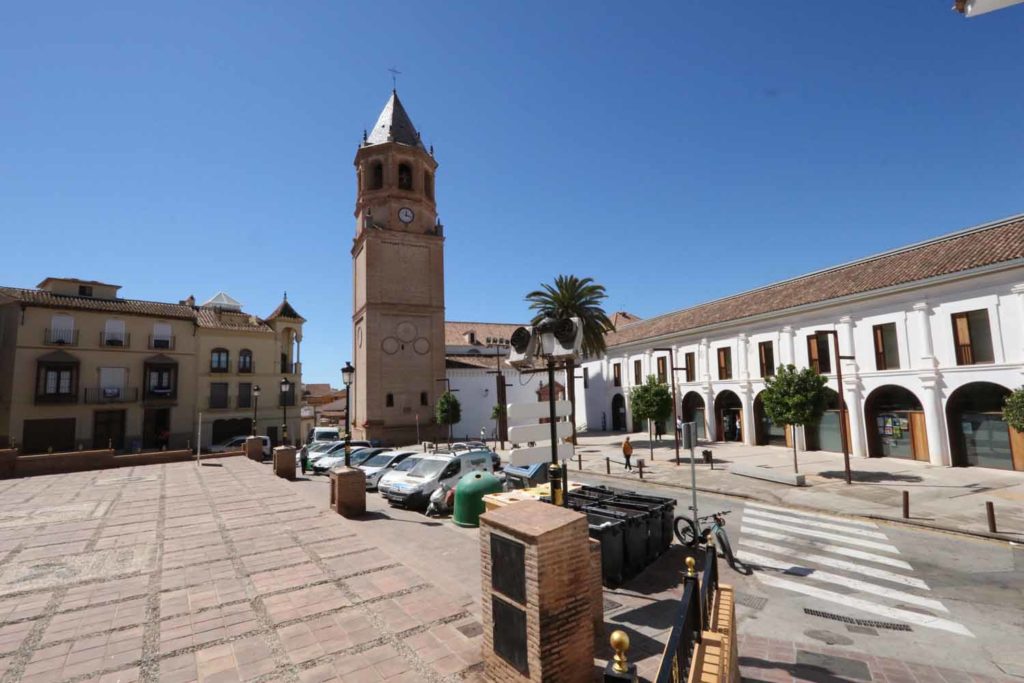
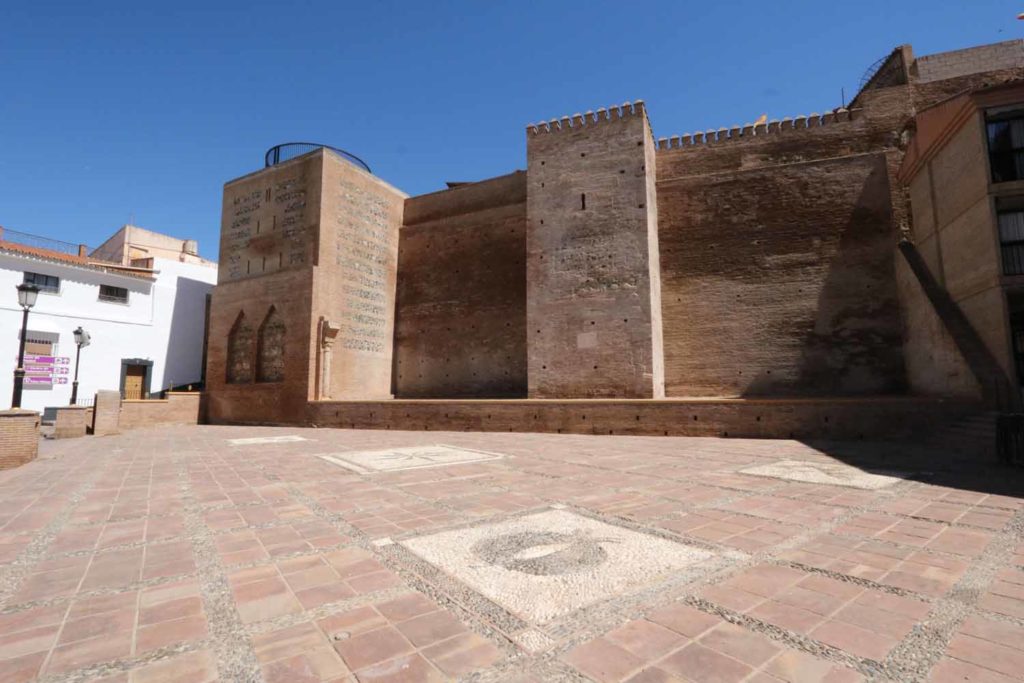
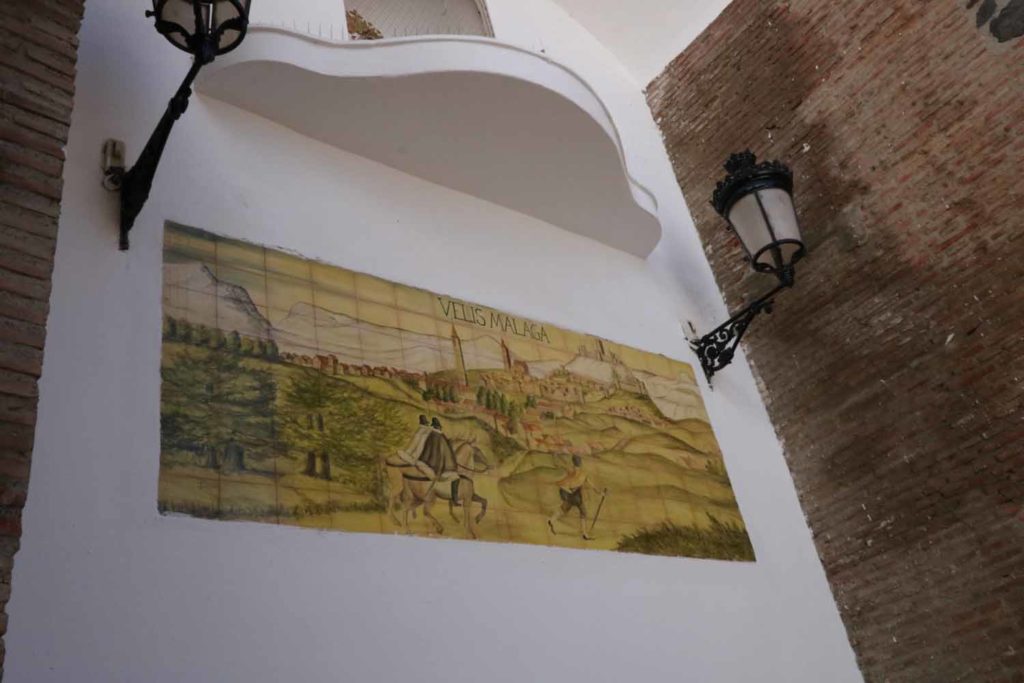
From here, go through the old gate in the wall (the Portón Antiguo). You are now within the walls of the old Muslim city (La Medina) which, as you’ll see, is characterized by the typical winding and narrow streets of the Moors.
Follow Calle Real Villa, a small street lined with white walls and flowers.
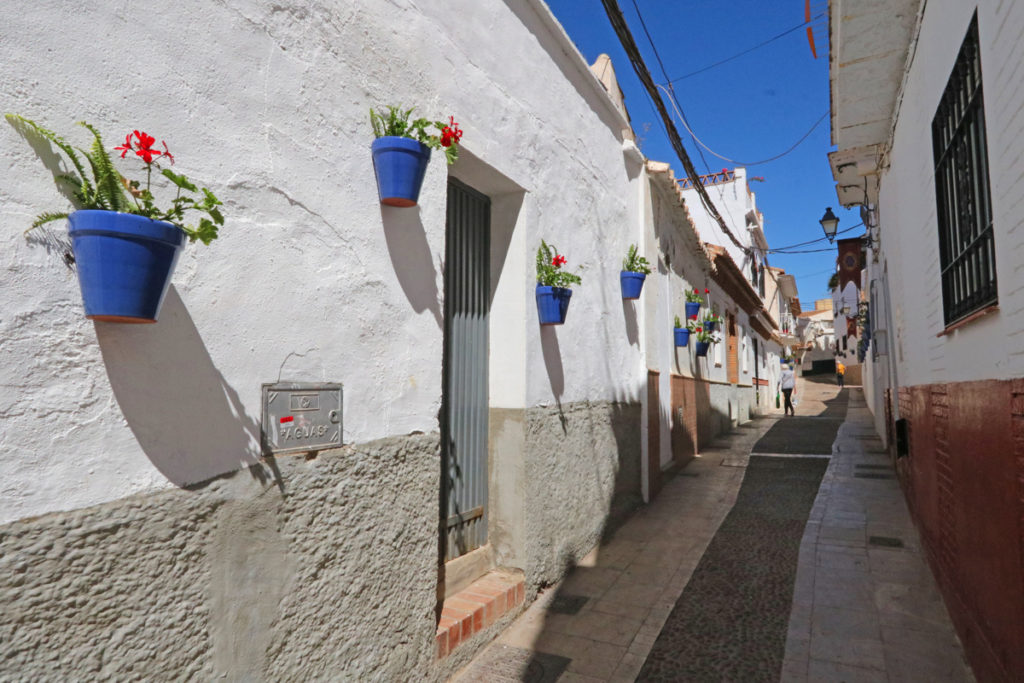
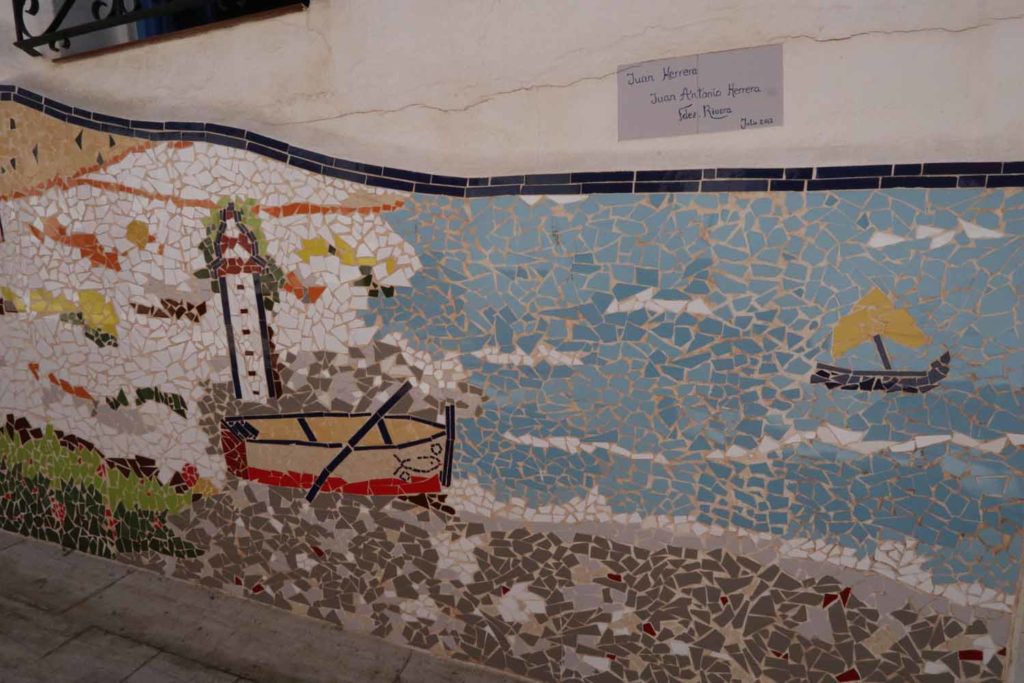
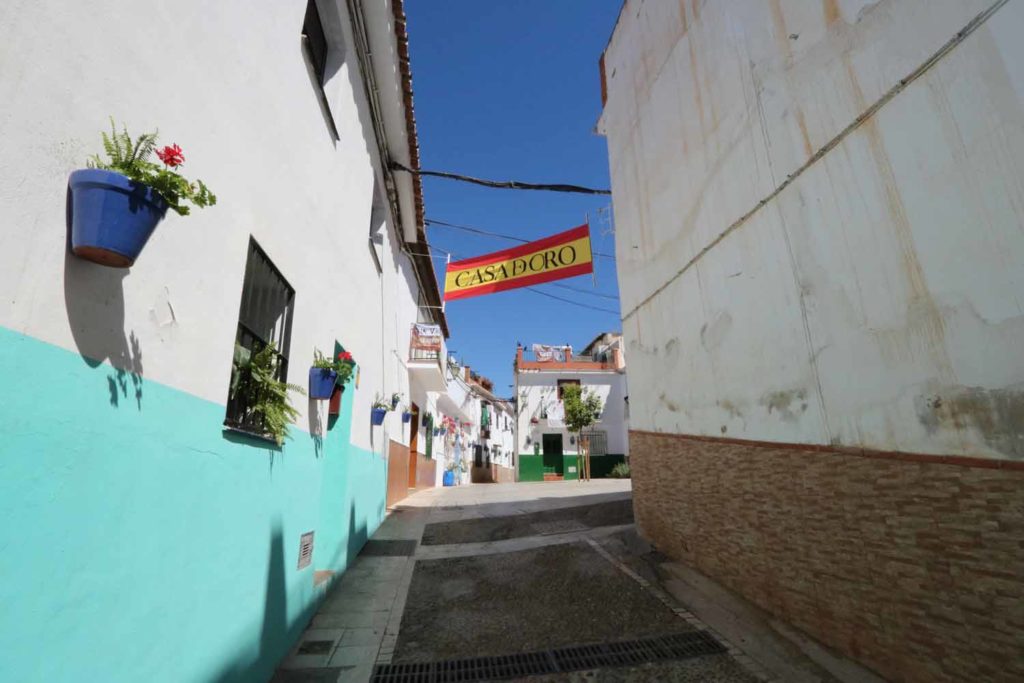
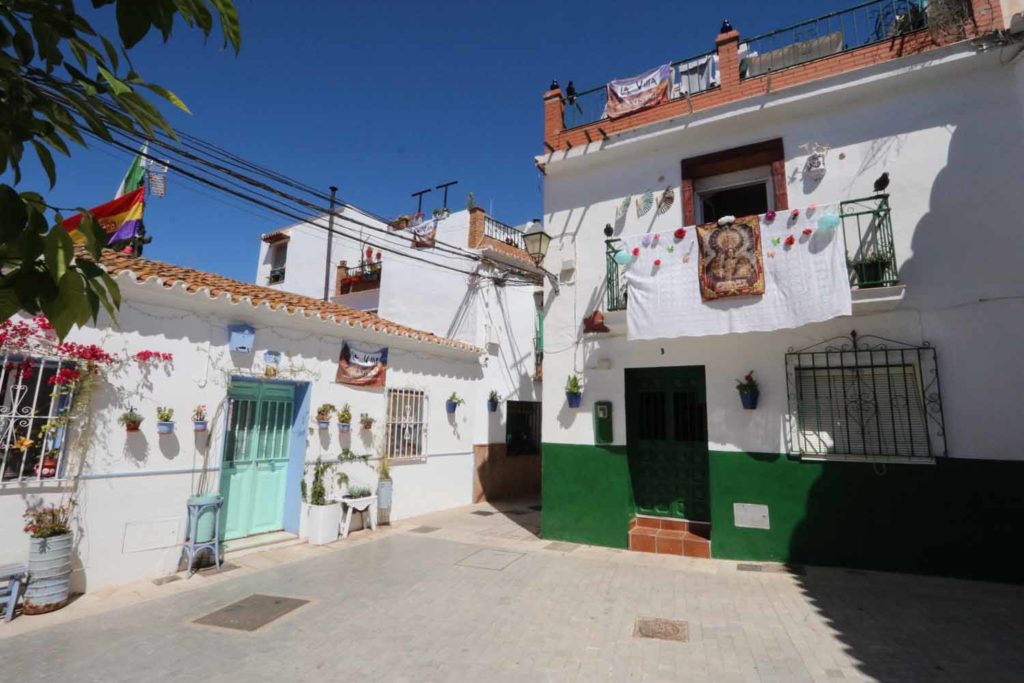
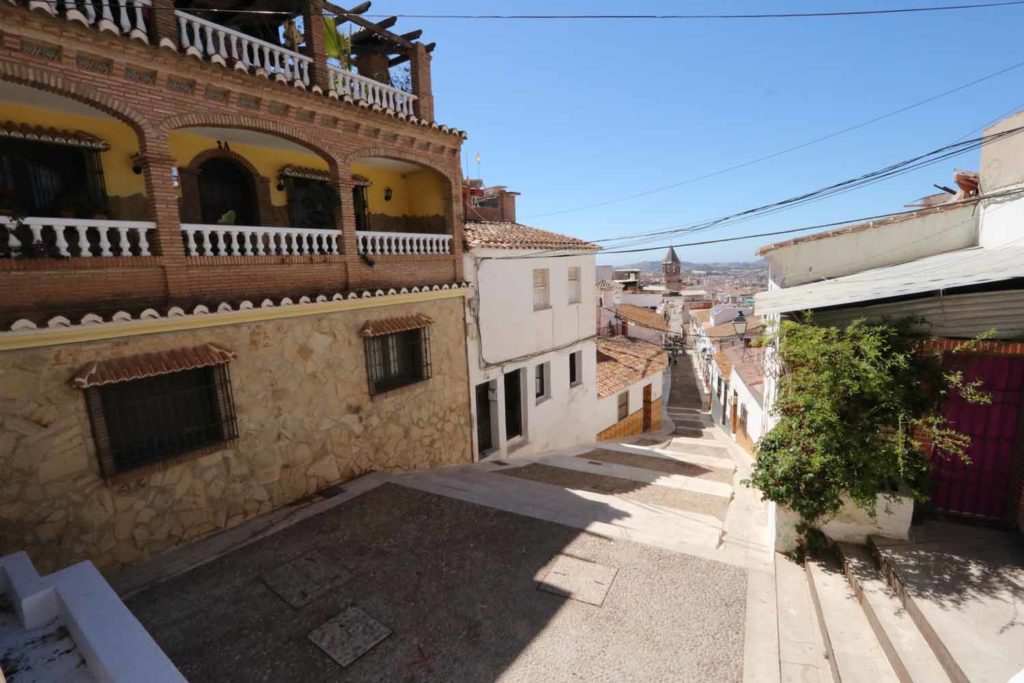
Continuing up, the street will eventually bring you just below the Iglesia de Santa Maria la Mayor (Church of Santa Maria Our Lady of the Incarnation).
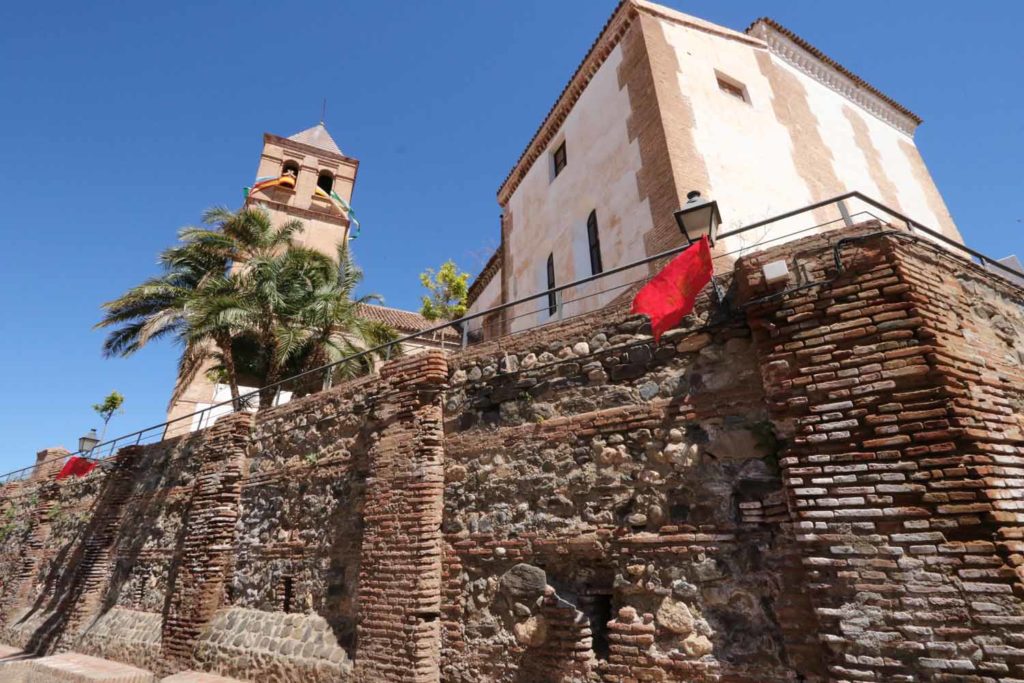
Iglesia de Santa Maria la Mayor is a church and a museum (dedicated to Samana Santa). But the main highlight are the great views of the town below and the Alcabaza up above.
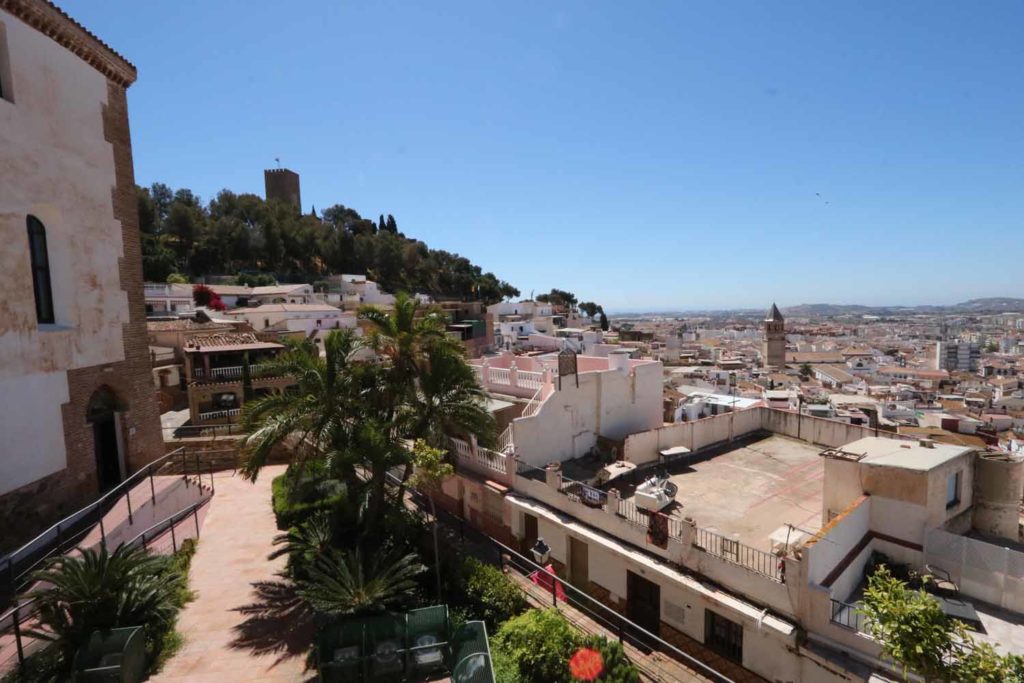
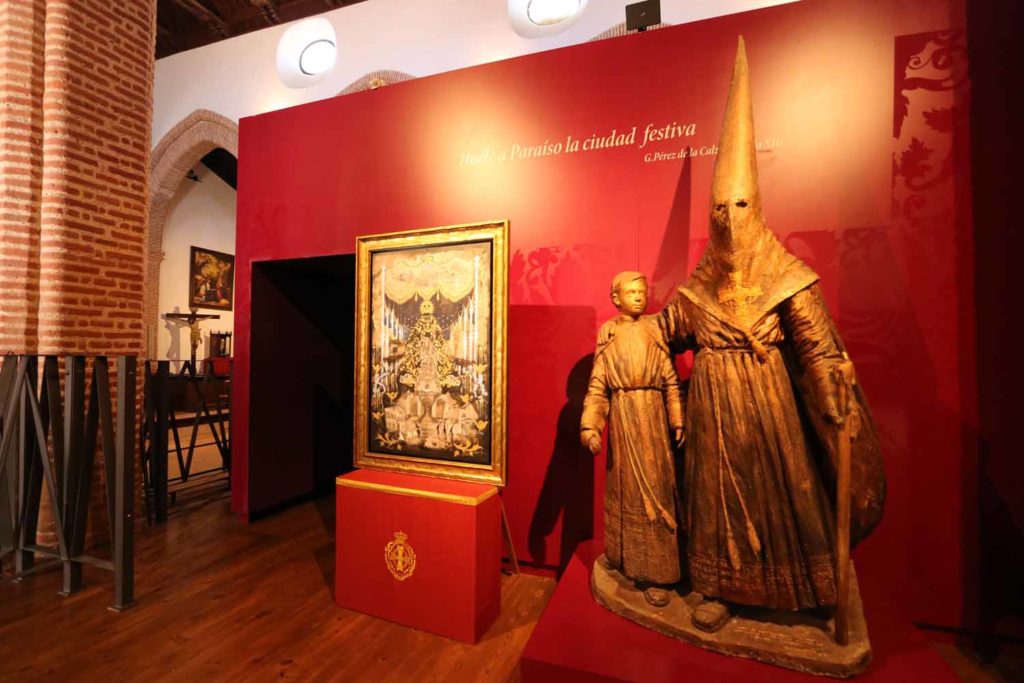
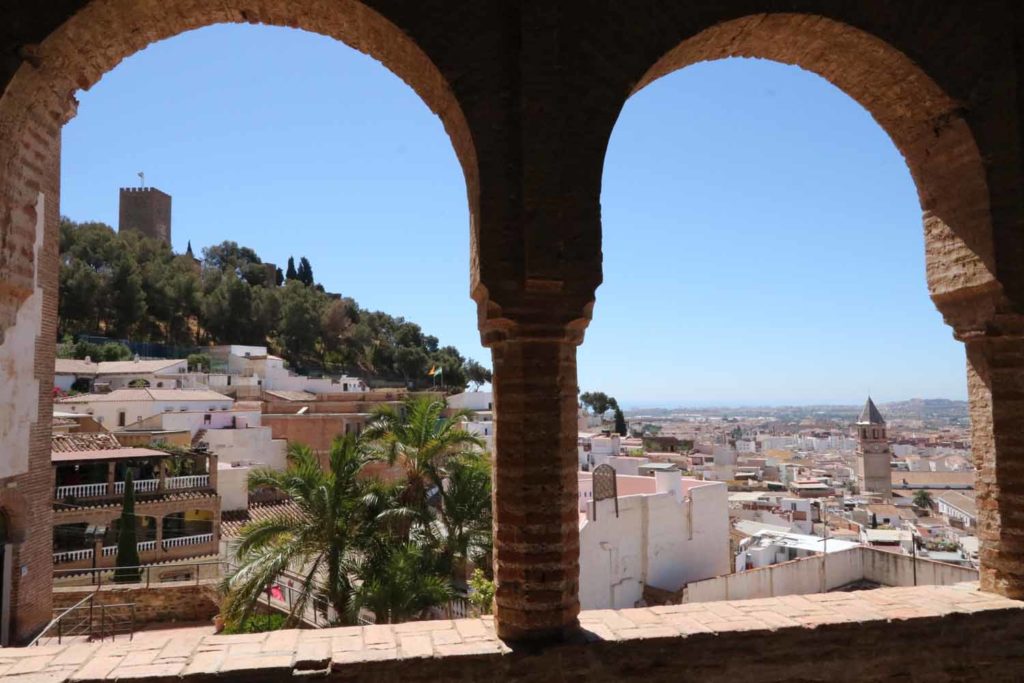
From here you have 2 options: you can go to the city museum (MUVEL). But we didn’t want to visit a museum on this day and we were starting to run out of time (siesta was fast approaching) so we headed straight for the Alcazaba which is a short walk up from the church.
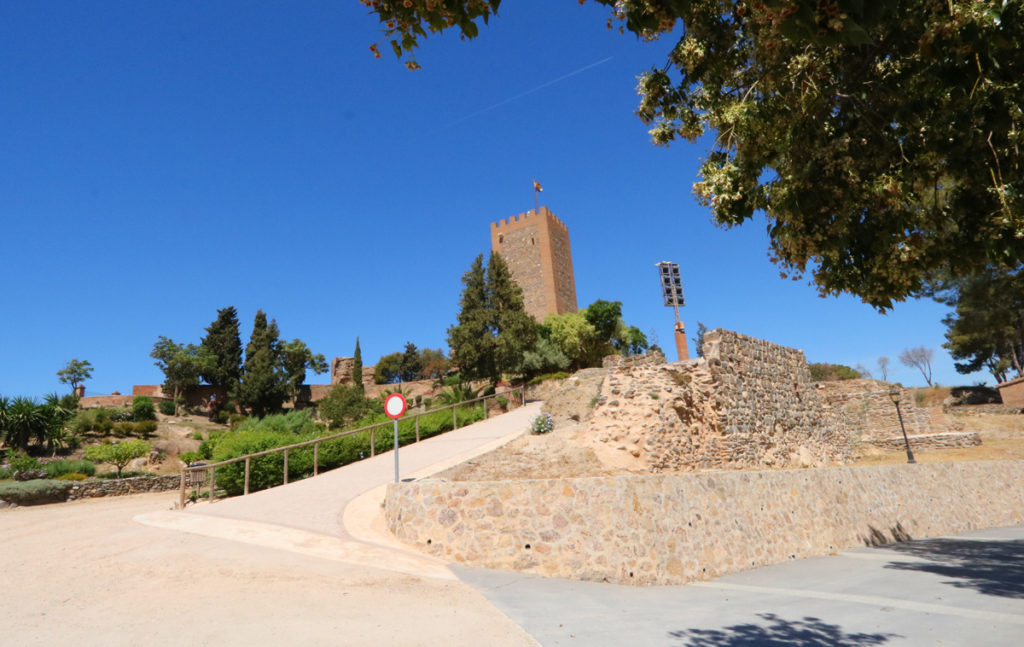
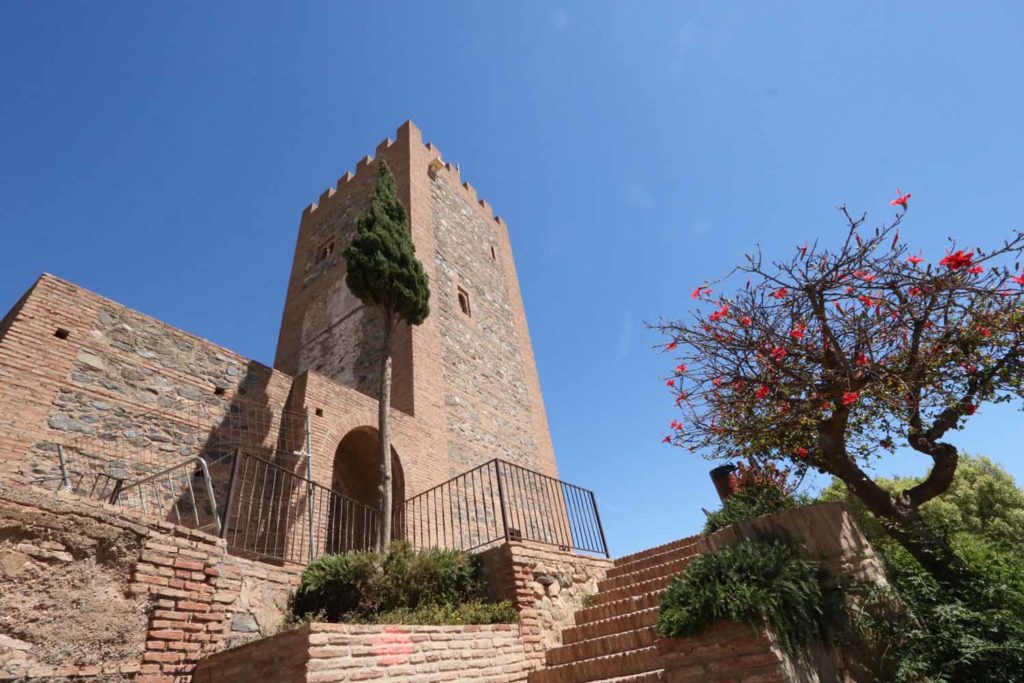
There’s not much left of this Moorish fortress built in the 10th century. Many think that the fortress was built to defend the city – in fact it was built to intimidate and control the local population. It was only with time, and as the population became “Moorish”, that the fort became viewed more as a symbol of protection rather than oppression.
There’s little left of the original fortress and much of what is in place today has been reconstructed. Still, going up the tower gives you the highest vantage points of the city.
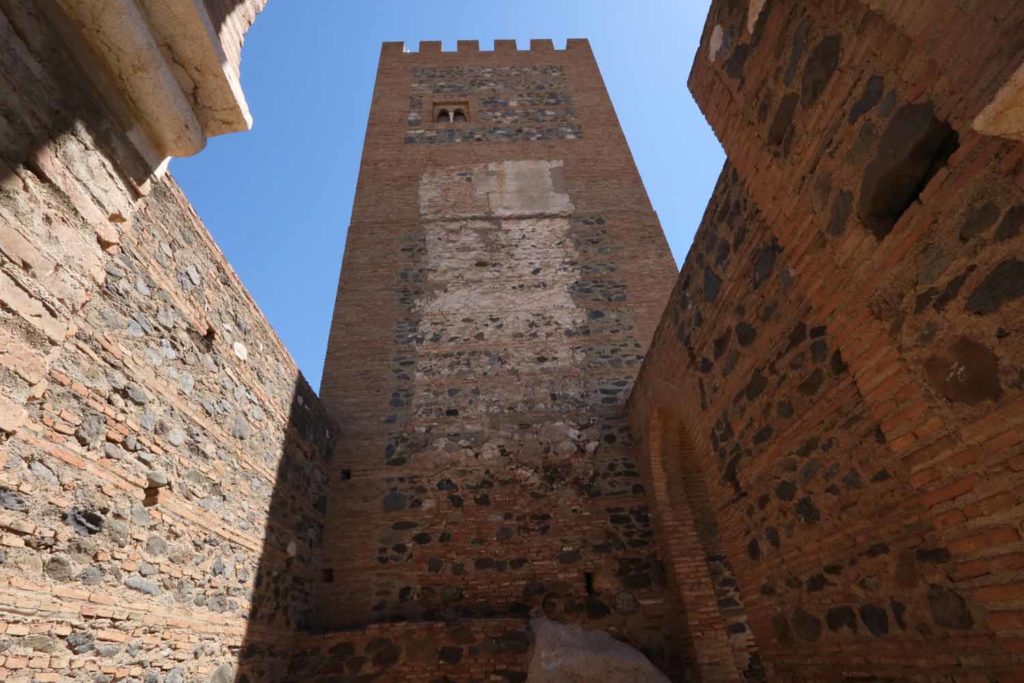
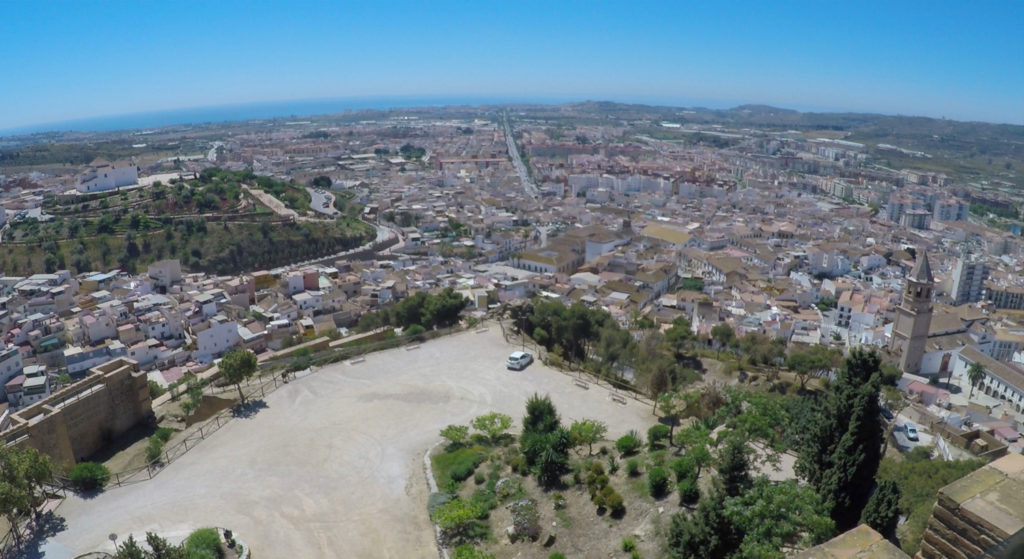
The last highlight on our list was the Ermita de la Virgen de Los Remedios. Located on a hill (Cerro de San Cristobal) south of the Alcazaba, it is the 2nd highest point in the city (you can see it on the photo above, on the left side).
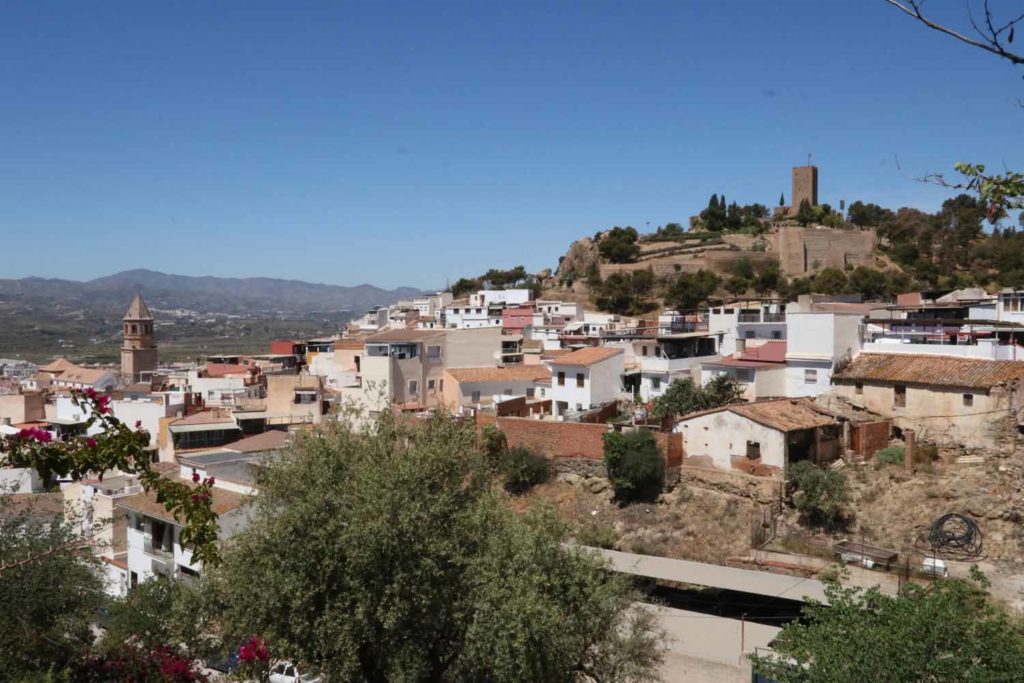
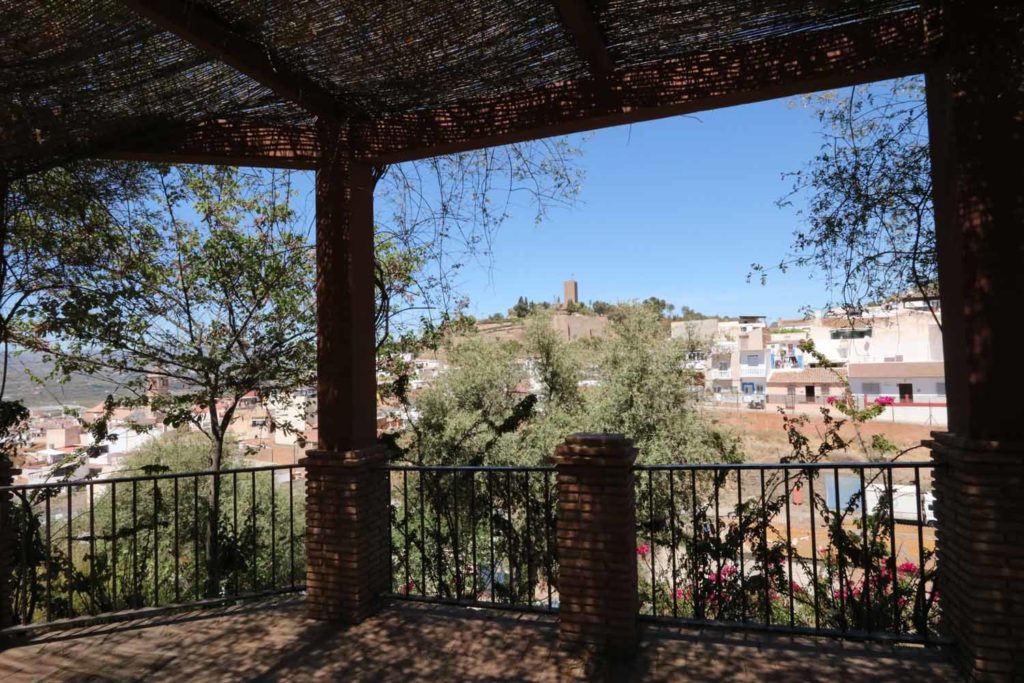
The hill is surrounded by walking paths, viewpoints and beautifully-sculpted gardens. But, unsurprisingly, the church was closed for siesta when we arrived (this post shows you what the interior of Ermita de la Virgen de Los Remedios looks like).
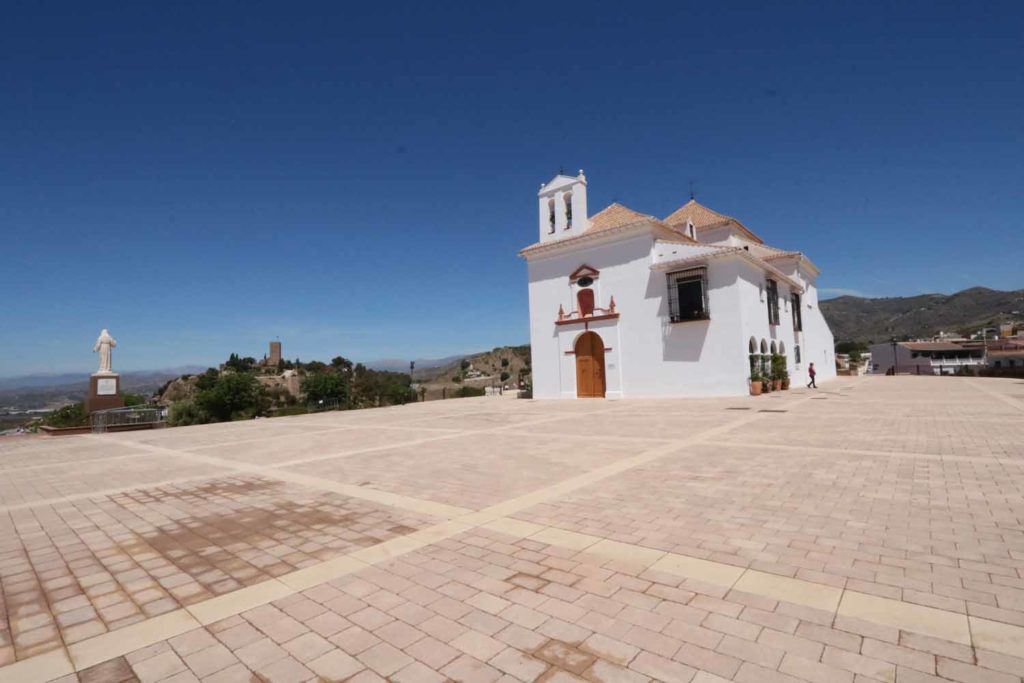
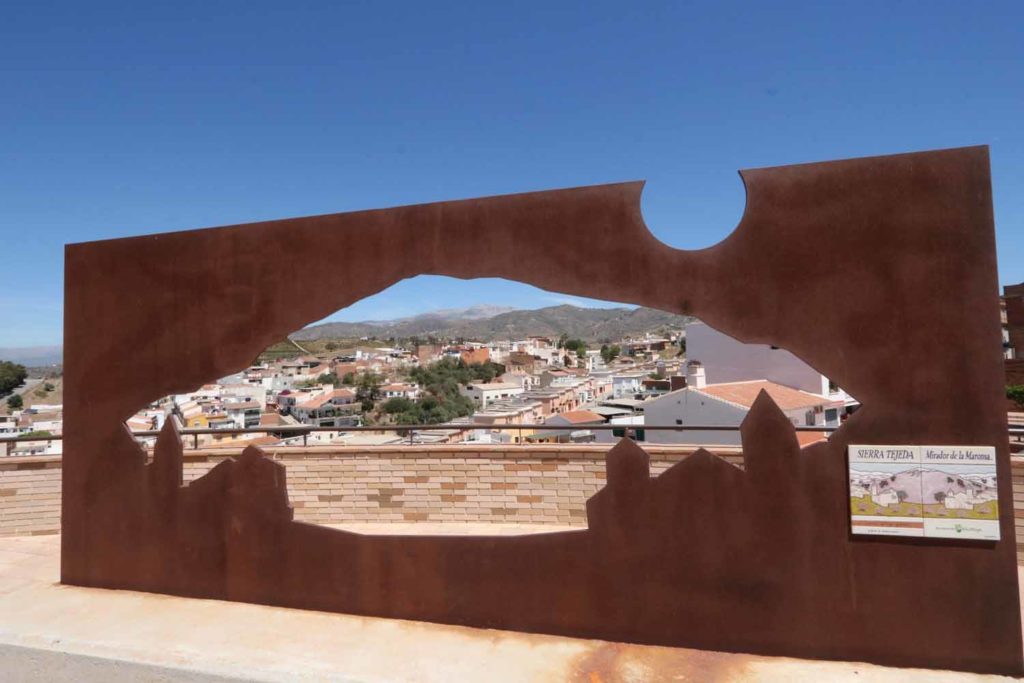
At the very top of the hill is the church, an auditorium (where they hold concerts and plays), and the above lookout to La Maroma, the highest mountain in Malaga province [I’ve previously hiked La Maroma, it is stunning].
That ended our day of sightseeing. From the hill we walked back into town and to the bus station (about 20 minutes).
As I said above, we spent about 4 hours in Vélez-Málaga and were impressed by the highlights and the general appearance of the city. It’s a place worth visiting.
Getting to Vélez-Málaga. Although the largest city in Malaga province east of Malaga, getting here means taking a bus from Torre del Mar. Thankfully that’s easy – buses leave approximately every 15 minutes. Coming and going we had no issues (unlike many of the inland cities and towns on the Costa del Sol which have irregular public transport).
Staying overnight. It’s totally worth staying a night in Vélez-Málaga if you want to take your time to visit all the sights (including some of the museums which we didn’t have time to explore). Hotel that was recommended to us: Hotel Palacio Blanco.
More: 24 Hours in Málaga (in Photos)
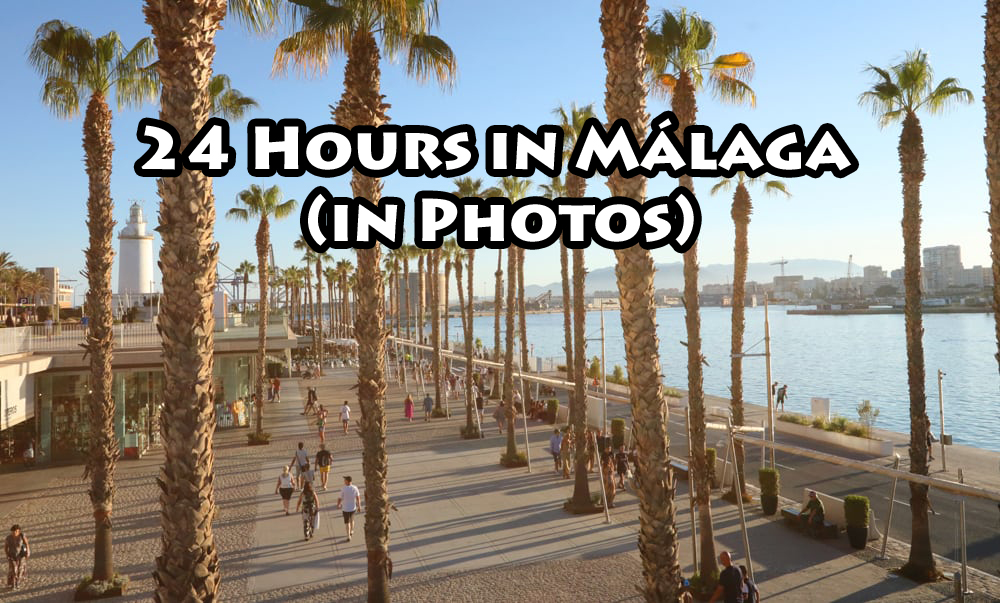
More: Seeing the highlights of Seville- and saving money!
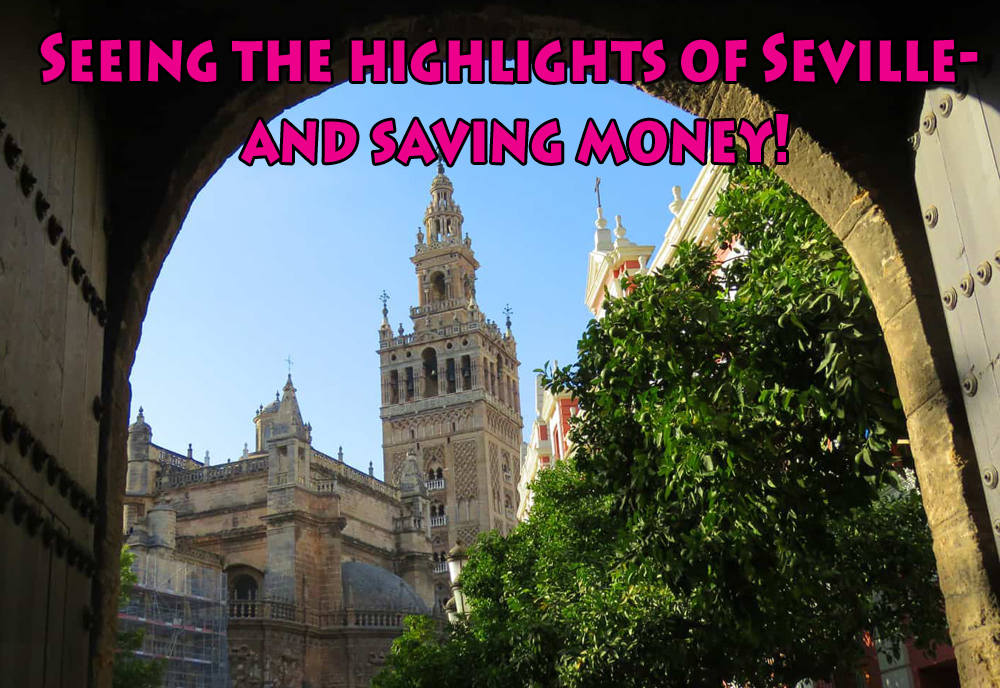
More: Where to live on the Costa Del Sol


Leave a Reply